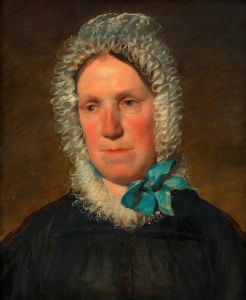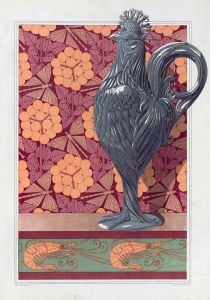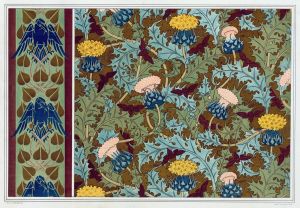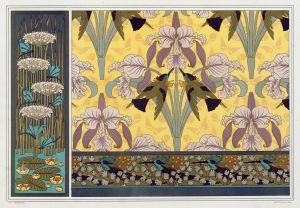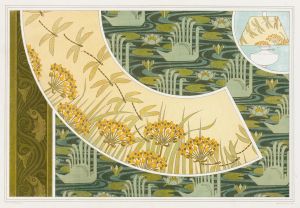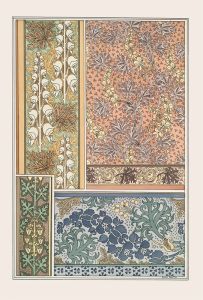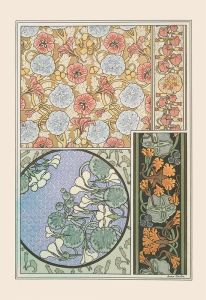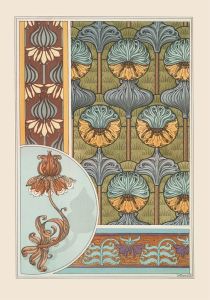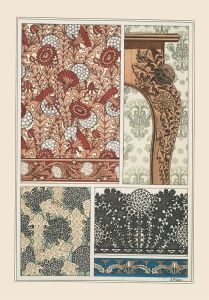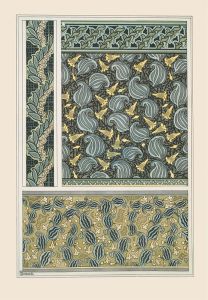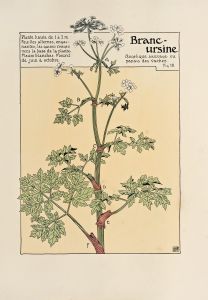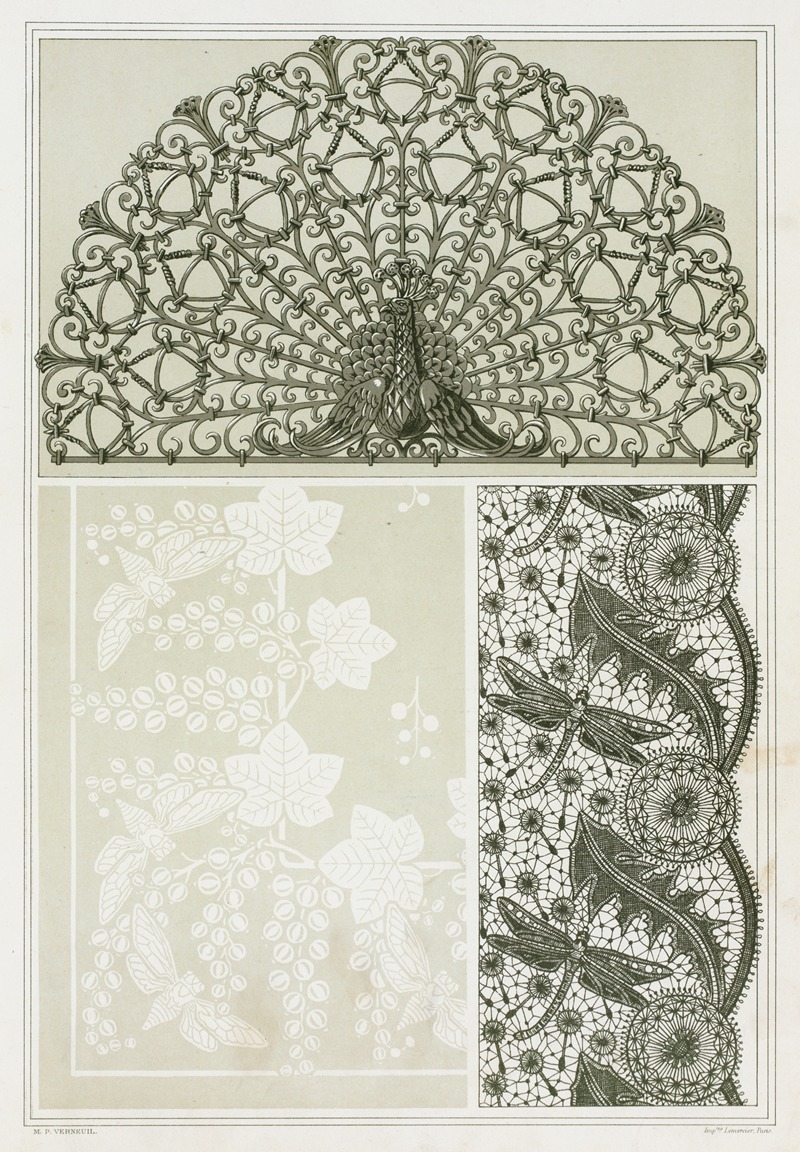
Paon, grille fer forgé. Cigales et groseiller, linge damassé. Libellules et pissenlit, dentelle.
A hand-painted replica of Maurice Pillard Verneuil’s masterpiece Paon, grille fer forgé. Cigales et groseiller, linge damassé. Libellules et pissenlit, dentelle., meticulously crafted by professional artists to capture the true essence of the original. Each piece is created with museum-quality canvas and rare mineral pigments, carefully painted by experienced artists with delicate brushstrokes and rich, layered colors to perfectly recreate the texture of the original artwork. Unlike machine-printed reproductions, this hand-painted version brings the painting to life, infused with the artist’s emotions and skill in every stroke. Whether for personal collection or home decoration, it instantly elevates the artistic atmosphere of any space.
Maurice Pillard Verneuil was a prominent French artist and designer known for his contributions to the Art Nouveau movement. Born in 1869, Verneuil was recognized for his innovative use of natural forms and motifs, which he skillfully incorporated into various decorative arts. His works often featured intricate patterns and vibrant colors, drawing inspiration from the natural world, including plants, animals, and insects.
One of Verneuil's notable works is "Paon, grille fer forgé. Cigales et groseiller, linge damassé. Libellules et pissenlit, dentelle." This piece exemplifies his mastery in combining different elements of nature with decorative arts. The title itself suggests a rich tapestry of imagery: "Paon" refers to a peacock, "grille fer forgé" to wrought iron grillwork, "Cigales et groseiller" to cicadas and currants, "linge damassé" to damask linen, "Libellules et pissenlit" to dragonflies and dandelions, and "dentelle" to lace.
Verneuil's work often reflected the Art Nouveau ethos, which emphasized harmony between human habitation and the natural environment. This movement sought to break away from the rigid structures of traditional art by embracing organic forms and dynamic lines. Verneuil's designs were characterized by their flowing lines and the seamless integration of natural motifs, which can be seen in the elements mentioned in the title of this work.
The peacock, a recurring motif in Art Nouveau, symbolizes beauty and elegance. In Verneuil's work, it is likely depicted with its characteristic iridescent plumage, possibly intertwined with the wrought iron grillwork, showcasing his ability to blend different textures and materials. The cicadas and currants might represent the vibrancy of life and the cycles of nature, while the damask linen suggests a sense of luxury and refinement.
Dragonflies and dandelions are also common motifs in Art Nouveau, symbolizing transformation and the ephemeral nature of life. The lace, or "dentelle," could indicate the intricate craftsmanship that Verneuil was known for, as lace-making requires a high level of skill and attention to detail.
Verneuil's work was not limited to paintings; he was also involved in designing wallpapers, textiles, and ceramics, among other decorative arts. His influence extended beyond France, impacting the broader European Art Nouveau movement. His ability to capture the essence of nature and translate it into decorative art made his work highly sought after during his time.
Overall, "Paon, grille fer forgé. Cigales et groseiller, linge damassé. Libellules et pissenlit, dentelle." is a testament to Maurice Pillard Verneuil's artistic vision and his contribution to the Art Nouveau movement. Through his work, he celebrated the beauty of the natural world and its potential to enhance human environments, leaving a lasting legacy in the field of decorative arts.





